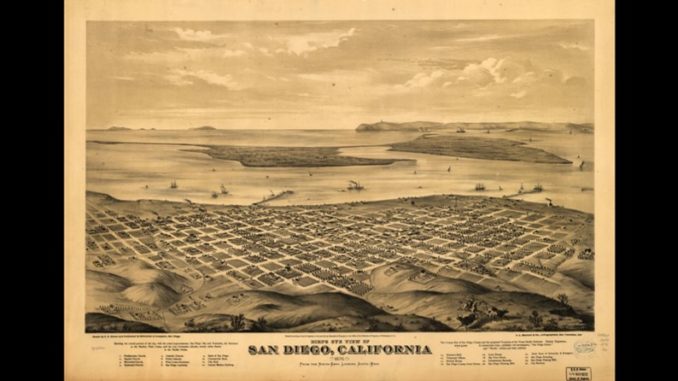
Do you know your San Diego history? On March 27, 1850, San Diego was incorporated as a city government consisting of a Common Council, Mayor, City Marshall, City Attorney, City Clerk, City Assessor, and City Treasurer, all elected to their positions. In 1931, San Diego adopted a New Charter (Manager-Council Form of Governance).
The 1931 Charter, with modifications, is still in effect today. Under the original 1931 Charter, a Manager-Council form of governance was created. A seven-member Council was created. The Council was comprised of six Councilmembers and a Mayor. The Council was nominated by district but elected citywide. The Mayor was elected citywide.
In November 2004, San Diego voters approved Proposition F, which added Article XV to the City Charter, changing the City’s Council-Manager form of governance to a Mayor-Council (“Strong Mayor”) form of governance on a five-year trial basis. The trial period began Jan. 1, 2006 and ended Dec. 31, 2010.
This new form of governance removed the Mayor from the legislative body, and installed the Mayor as the de facto executive director of the departments and employees overseeing the City’s day-to-day operations. It also introduced the concept of a Council President, chosen annually by a majority vote of the Council, to chair and set the agenda of the City Council meetings.
On June 8, 2010, San Diego voters made permanent the New Strong Mayor Form of Governance by approving Proposition D on June 8, 2010. By passing Proposition D, voters also approved the addition of a ninth Council district, to be established by redistricting following the 2010 Census. Effective when the ninth Councilmember is seated (Dec. 3, 2012), the number of Council votes required to override a Mayoral veto on any matter will be six (two-thirds).
Throughout the transition to a Strong Mayor Form of Governance, the City Council sought to expand the number of Council Committees and redefine their role and purpose, choosing to funnel more legislative items to Council Committees to allow for increased public input and a fuller vetting process before items were sent to the full Council for consideration. By 2012 the number of Council Committees had expanded to seven.
The source for this material was the SanDiego.gov website; for more San Diego history, visit the City’s website at https://www.sandiego.gov/city-clerk/aboutus/history. The source for the Bird’s Eye View of San Diego was the Library of Congress; for more, visit https://www.loc.gov/

